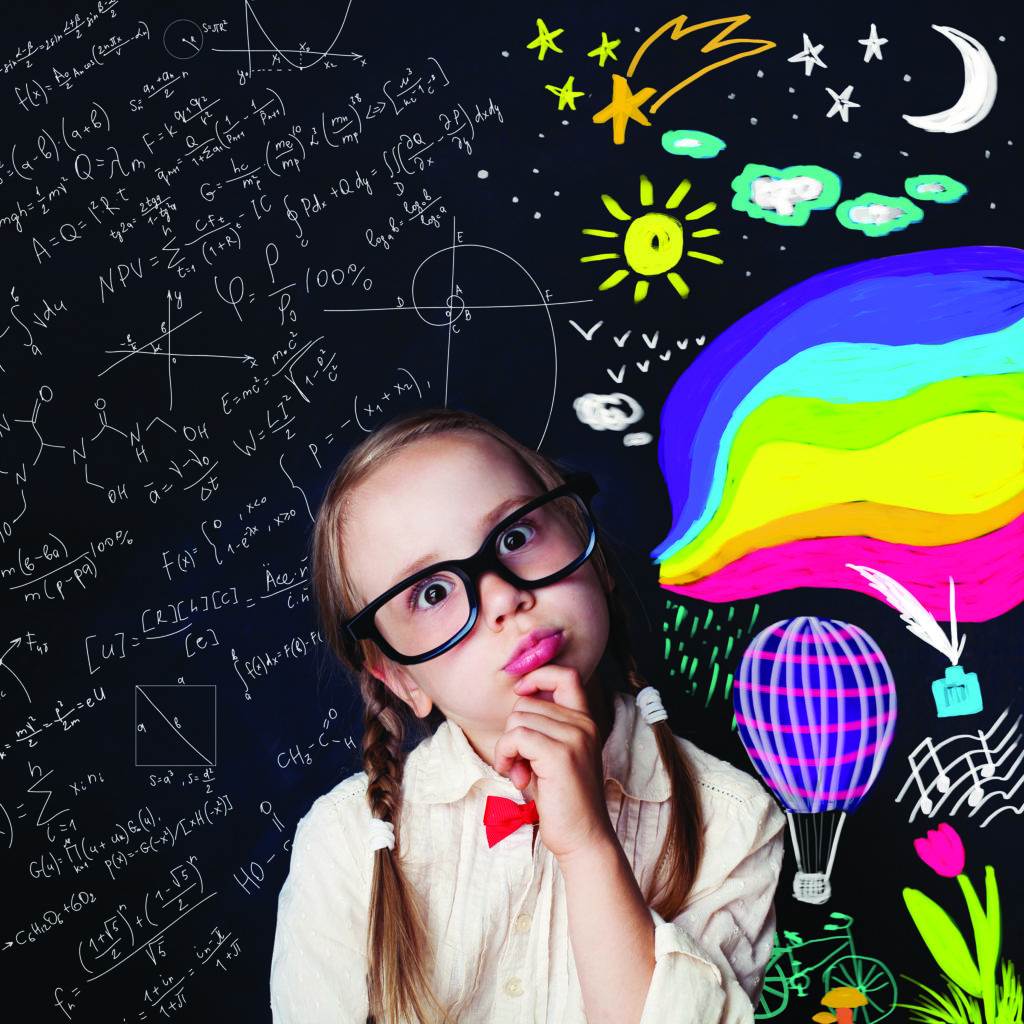The Science of Creativity
“People say I have created things. I have never created anything. I get impressions from the Universe at large and work them out, but I am only a plate on a record or a receiving apparatus — what you will. Thoughts are really impressions that we get from outside.”
—Thomas Edison, Inventor
What is one of the greatest inventors of all time talking about when he is speaking of creativity? For the sake of shared language, let’s say that is the ability to develop new ideas and to discover new ways of looking at problems and opportunities. Before we get into the science of creativity, try this exercise for yourself. If you can, set a timer for two minutes. Then answer: How many possible uses can you list for a water glass?
How did you do? What you just experienced is the Guilford Creativity Task (or the Alternative Uses Task). This measures divergent thinking, which is a thought process or method used to generate creative ideas by exploring many possible solutions.
You may have found that your initial responses came easily, but then you had to think more consciously for the remaining time to come up with alternative uses for the glass. This is all part of the creative process and in research we use tasks like these to look at the following components of creativity:
» Fluency, the number of possible alternative uses one comes up with
» Flexibility, one’s capacity to categorize different uses of an item (for example, “Drink lemonade, drink water”—those would be the same category), whereas the answers, “Use it as a planter, drink water,” would be two different categories of use
» Elaboration, the amount of detail in an answer (if some listed “drinking,” that would receive a score of 0, whereas the response “I could serve water with lemon in it to my friends,” would receive a score of 2 for greater detail)
» Originality, the originality of one’s responses compared to the responses of the other people in the study
So what does the science of creativity tell us about how all these good ideas emerge?

There are many stories of ground-breaking scientists and inventors finding creative inspiration through experiences that may initially appear to have nothing to do with creativity at all. Most of us know the classic story of Isaac Newton having a profound creative insight about gravity while watching an apple fall from a tree. Friedrich Kekulé, the German chemist, had dreams about atoms creating snake-like configurations which formed the basis of how we understand chemical compounds. Is creativity to be found only in sudden or profound insight?
On the contrary, studies on creativity show that it can be emotionally or cognitively based also—both spontaneous and/or deliberate. Given all these variables, researchers in various domains are working to pinpoint where creativity comes from and how it functions in different ways—exploring methods of thinking and perceiving, and observing which parts of the brain get activated during creative activities.
At the University of Southern California’s Brain and Creativity Institute, scientists investigated the common conception that creativity originates from the “right” side of the brain, generally associated with creativity, imagination, insight, and artistic inspiration. However, they found that when participants were hooked up to an MRI and asked to complete creativity tasks, the left hemisphere of the brain, associated with reasoning and analytical thoughts, lit up as well. This is the part of the brain associated with logic and math. The truth is that while creativity is fascinating, we still don’t understand exactly where it comes from or how it affects the body.
At the Institute of Noetic Sciences, we are researching creativity through our IONS Discovery Lab (IDL), which tests creativity in people attending workshops on personal or professional transformation experiences. Participants complete questionnaires and tasks on creativity, intuition, well- being, and interconnectedness before and after their workshops either on campus or anywhere in the world. So far, we have found that the more creative people think they are, the more they have self-transcendent experiences, feel a sense of interconnection with others and nature, are compassionate, and experience positive emotions.
Why is creativity important? When we increase creativity, we can bring more innovative solutions to difficult and pressing problems. With creativity we can begin to create solutions to the seemingly intractable problems that we are facing on this planet at this time in history—from environmental to social to mental well-being for all. It’s not just great thinkers who can be creative on this level, but everyday people can activate this part of themselves and create new solutions. Science and creativity can begin with the individual… Be your own scientist and bring awareness to your own creative capacity. In the meantime, our creativity research will continue to learn more!
Nina Fry, MA, is a research program manager at IONS on the Science team and a curriculum development specialist on the IONS Experience team. Dr. Helané Wahbeh is the director of research at IONS and an adjunct assistant professor in the Department of Neurology at Oregon Health and Science University. Noetic.org/science